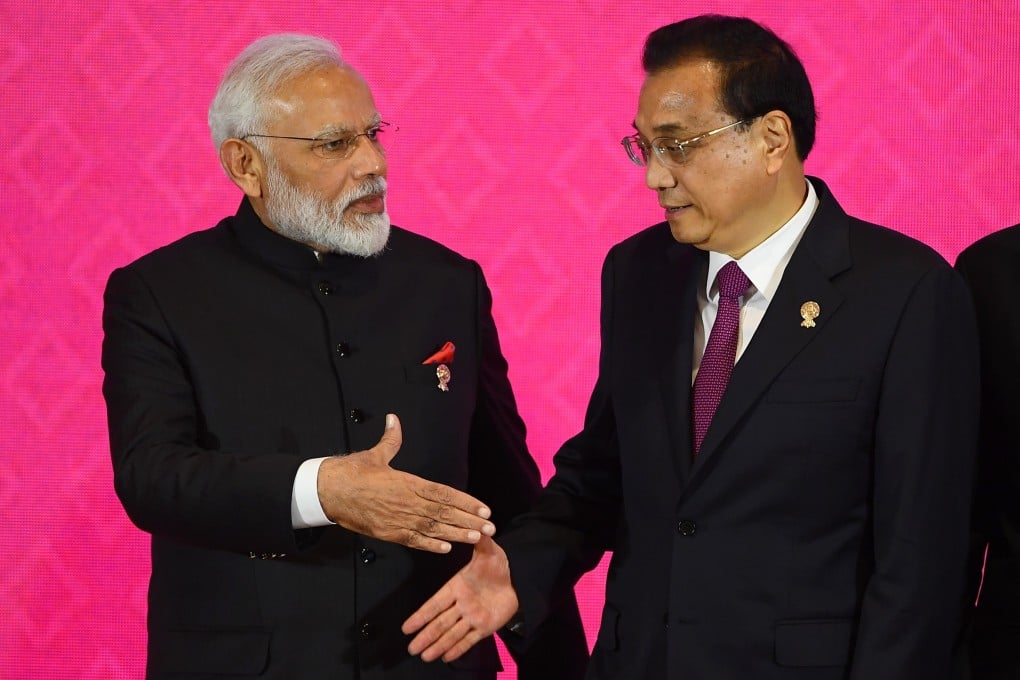Seven years on, still no RCEP trade deal, and India pulls out
- Hopes were high a regional summit could finally wrap up negotiations on the Regional Comprehensive Economic Partnership
- But despite claims of ‘significant progress’ in the 16-nation talks, India remains a stumbling block

Deepak Sharma, a spokesman for the influential Hindu nationalist group that lobbied vigorously for Prime Minister Narendra Modi to exit the pact – claiming it would overrun domestic industries – told This Week in Asia the outcome was an “acknowledgement of the interests of all Indians”.
A joint statement by all 16 states involved in the Regional Comprehensive Economic Partnership (RCEP) said 15 economies had “concluded text-based negotiations for all 20 chapters and essentially all their market access issues”, and would undertake legal scrubbing of the proposed pact before a formal signing in 2020.
But “India has significant outstanding issues, which remained unresolved”, the statement said.
“All RCEP participating countries will work together to resolve these outstanding issues in a mutually satisfactory way. India’s final decision will depend on satisfactory resolution of these issues.”
The mammoth deal dominated the three-day Association of Southeast Asian Nations (Asean) summit and other related meetings in Thailand’s Nonthaburi province that ended on Monday.